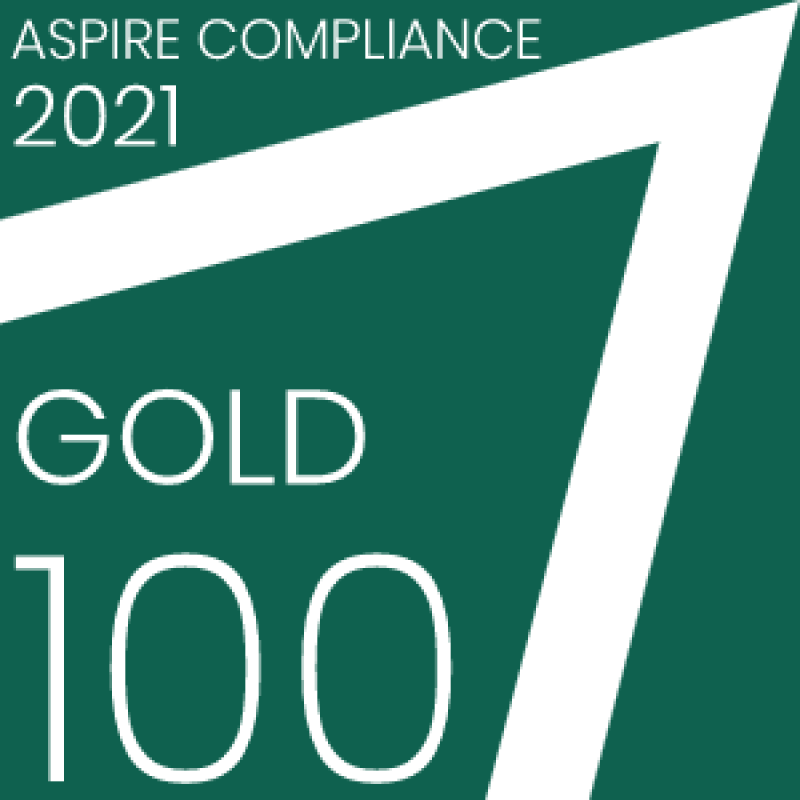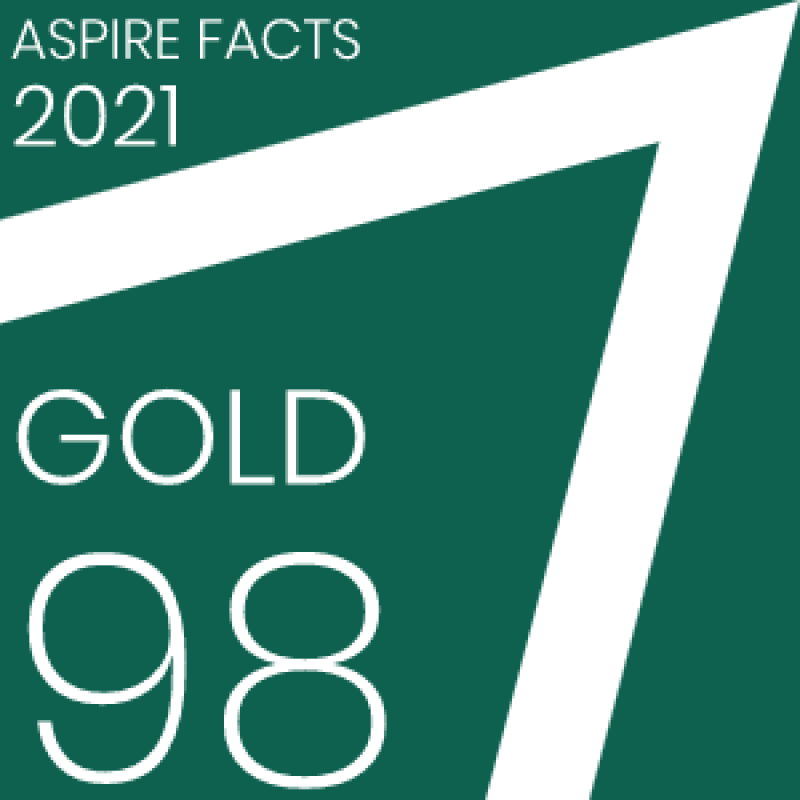View the site your way
The site has been designed to enable you to:
- change colours, contrast and fonts
- zoom in up to 400% without the text spilling off the screen
- navigate the website using the keyboard
- navigate using speech recognition software
We have tested the performance of our website with a variety of combinations of browsers and screen readers:
- Desktop: NVDA + Firefox, Chrome
- Desktop: Safari + VoiceOver
- Mobile Apple devices: Safari + VoiceOver
In addition, there are several customisation options for your browser and device that could help you use this website and other websites more effectively:
- AbilityNet provide advice on making your device easier to use if you have a disability.
- You can also explore some of our recommendations for tools that can make your online experience better.
Feedback and contact information
Please contact us if you have an accessibility query including:
- If you are experiencing issues with accessing information or using the website
- If you find an accessibility problem not listed on this statement
- If you have positive feedback on the accessibility considerations made.
When you contact us there is a process in place that will acknowledge your contact, tell you who is dealing with it and give you a timescale by which you can expect a reply.
We aim to respond to all contacts within 5 working days.
Alternative formats
We’ve designed our content to be as accessible as possible. If you experience barriers, you can request alternative formats. For more information please contact us.
Reporting accessibility problems with this website
We’re always looking to improve the accessibility of this website. If you find any problems not listed on this page or think we’re not meeting accessibility requirements contact us to register your difficulty. This helps us improve our systems.
Enforcement procedure
The Equality and Human Rights Commission (EHRC) is responsible for enforcing the Public Sector Bodies (Websites and Mobile Applications) (No. 2) Accessibility Regulations 2018 (the ‘accessibility regulations’).
If you’re not happy with how we respond to your complaint, contact the Equality Advisory and Support Service (EASS).
Technical information about this website’s accessibility
The University of Kent is committed to making this website accessible, in accordance with the Public Sector Bodies (Websites and Mobile Applications) (No. 2) Accessibility Regulations 2018.
Compliance Status
This website is partially compliant with the Web Content Accessibility Guidelines version (WCAG) 2.1 AA standard, due to the non-compliances and exemptions listed below.
Non-accessible content
We formally test the accessibility of key user journeys that represent the breadth of content across our website on a regular basis against WCAG 2.1 AA standards.
Some parts of the website may not work for everyone. Below are known issues that we either need to fix, cannot fix, or do not need to fix right now. If you find something that we missed, please contact us.
The content listed below is non-accessible for the following reasons.
Non-compliance with the accessibility regulations
Links without meaningful purpose
Some of the links are not labelled clearly. This means that links do not make sense when taken out of context, and for some links it is not possible to know what the purpose of the link is. On some pages there are several links to the same resource which are repeated across elements (WCAG: 2.4.4).
The majority of hyperlink text on the website includes meaningful information for users. Where we identify that hyperlinks do not comply with our required standards we will fix these issues. Please contact us if you are experiencing issues with identifying and accessing content through hyperlinks.
Issues with interactive elements
- Some of our forms are built and hosted through third-party software and ‘skinned’ to look like our website.
- Some of our interactive elements don't have the required descriptive tags and labels. This means some of our interactive widgets such as carousels don't inform screen reader users of the current state of the widget (WCAG: 4.1.2, 4.1.3).
Images without a description
The image content on the website has been audited and the majority of content contains meaningful alt-text or image description, where required. However, some images on our website do not have appropriate alternative text. People with screen readers or other assistive devices rely on these descriptions to understand the image content and purpose (WCAG: 1.1.1). Whilst we work to address this issue, please contact us if you require a description of specific image content.
Incorrectly tagged decorative images
Some images which are purely decorative are not identified as such (WCAG: 1.1.1).
Video and audio controls
Some videos and audio on our website do not have the required caption controls or transcriptions available (WCAG: 1.2.2, 1.2.4). In accordance with the regulations, all new content created after September 2020 will be made more accessible.
More information about captions can be found in our make videos accessible guide.
Contrast issues
Some pages contain elements with low contrast between the element and its background, particularly when under focus. This can cause text to be difficult to read, especially for those with low vision or colour blindness (WCAG: 1.4.3).
We are working to remedy these issues. In the meantime, you can change the colours and contrast of this website to your preference by using a variety of third party tools such as Change Colors for Chrome and Color Changer for Firefox. Alternatively, a high contrast viewer such as High Contrast for Chrome may make your viewing experience better. This issue fails WCAG 1.4.3 Contrast Minimum (AA).
Headings and menus
The heading structure of the website has been designed with a consistent and logical hierarchical heading structure to improve page navigation and user experience. The validity of the heading structure has been tested with the HeadingsMap plug-in. The University of Kent website has been designed so that content is accessible through the page headings structure.
However, some of the text on the page may be styled to appear visually like a heading. This means emphasis is only visual and the heading is not defined with an appropriate HTML tag (WCAG: 2.4.6 and 1.3.1). Whilst we are working on this you may find it useful to navigate in alternative ways such as using the search dialogue.
Some headings are duplicated when there should only be one instance of a heading, which may cause confusion for screen reader users who use headings for navigation (WCAG: 4.1.2). Whilst we are working on this you may find it useful to navigate in alternative ways such as using the search dialogue.
Form labels
The majority of forms on this website are accessible. However, some of the forms have labels which are not persistent. These labels do not remain visible when the user begins to enter data in the fields (WCAG: 3.3.2). Whilst we work to update these forms, please contact us for alternative methods of form submission in these cases.
Content in progress
The University has some content that is still in the process of being moved into a more accessible platform. The University website is a huge estate and while the majority of content is now using an accessible template, some areas are still in the process of being migrated or archived if no longer needed.
Internally focussed departmental information such as Estates, Finance, Human Resources and other departmental sites with an internal focus.
If you have any difficulty accessing any content on kent.ac.uk please contact us. We will acknowledge your contact, tell you who's dealing with it and give you a timescale by which you can expect a reply (this should be within 5 working days).
Disproportionate burden
This section covers issues that we cannot fix right now. We’ve assessed the cost of fixing these issues but believe that doing so would be a disproportionate burden within the meaning of the law.
Captions
Some of our recorded content may not have captions by default. We produce fully edited captions upon request to ensure the accuracy of the information being provided.
All relevant new recordings have automated captions from September 2020.
Please see our make videos accessible guide for more information.
Content that’s not within the scope of the accessibility regulations
This section covers issues that we do not need to fix right now. The law calls these exemptions.
Portable Document Formats (PDFs) and documents
Some of our PDFs that are not essential to providing our services were published before 23 September 2018. We are implementing strategies to ensure that any new PDFs or documents we publish will meet accessibility standards.
If you have trouble accessing these documents, please refer to our list of tools that can help with access or you can request alternative formats. For more information please contact us.
Maps
Our website uses online maps. Where there is a map, the information being displayed is provided in an alternative format on the same web page.
For example, on our contact us page we have a map to show users where our offices are located. If you cannot read the map, we also have our address listed and full contact information if you need help finding us.
Third-party content
Our website contains third-party content. We do not have control over and are not responsible for the accessibility of this content, but we make best endeavours to work with the third-party to improve its accessibility. This may include:
- links to non-University of Kent websites
- content/functionality on our website
- content hosted on other websites, such as social media sites.
To help accessibility compliance across the sector, the University of Kent supports searchBOX, a centralised, independent directory of third-party accessibility information.
searchBOX catalogues the contact information and accessibility statements of third-party suppliers, enables the sharing of community-generated accessibility statements, and allows users to map their supplier ecosystem.
Users can access third-party accessibility statements using the free searchBOX Finder service.
The University of Kent encourages all our partners and suppliers to support this effort by ensuring that their accessibility information is included in the searchBOX directory.
What we’re doing to improve accessibility
We seek to fix accessibility errors identified through our auditing processes or fed back to us by our users as quickly as possible. Contact us for further information about the status of each of the issues identified.
Our testing process
We tested the website using a combination of manual and automated checks alongside extensive user testing sessions with users of assistive technology. For more information please see our how we tested page.
ASPIRE education
In addition we reviewed our accessibility statements against the ASPIRE education accreditation service for public sector accessibility statements. As a result of this we have achieved:
- ASPIRE Education Compliance Gold with a score of 100%
- ASPIRE Education FACTS Gold with a score of 98%
More information on the University of Kent ASPIRE education pages.
Preparation of this accessibility statement
This statement was prepared on 28 April 2020. It was last reviewed on 29 June 2022.
This website was last tested on 27 June 2022. The test was carried out by University of Kent.






